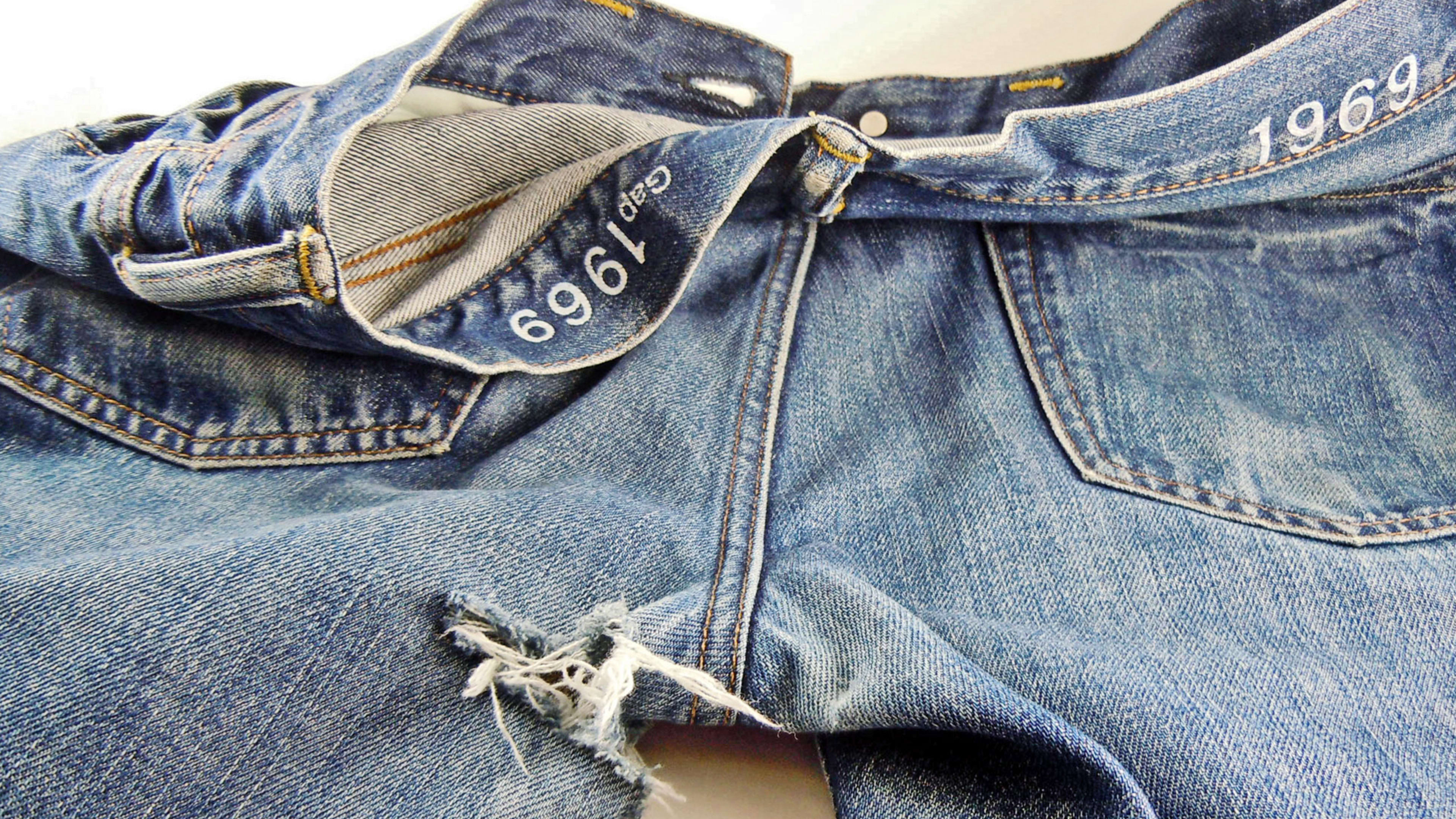I’m sitting in the back of a black SUV with the new CEO of Gap Inc., Art Peck. “Are you a culottes person?” he asks me, referring to the flared, calf-revealing shorts big in the 1960s. Of the many things that Peck–who in February became responsible for turning around the $16 billion retailer that encompasses Banana Republic and Old Navy–has on his mind, culottes are pretty close to the top. “There was a debate I recently witnessed about culottes,” explains Peck, explaining that they’ve been big on the runway lately. “Often these trends will be expressed in high fashion, and some will end up being commercial, and some will run out of gas.”
Culottes, it turns out, could affect the company’s bottom line. The dirty little secret of retail, Peck tells me, is that women’s trends from the waist-down are essential to driving apparel businesses like Gap. “To have a good business, you need a good women’s business,” he says. But even the most fabulous sweaters and dresses will never be enough. “It needs to be a bottoms trend.”
First, there’s brand monogamy. It’s so difficult for women to find a pair of pants that fit her unique, specific measurements that, once they do, they can be loyal for life. Second, if a bottoms trend is novel or fashion-forward enough (think ikat cropped pants or houndstooth pixie), women feel more justified to splurge on a wardrobe update. To the benefit of the retailer, each trend likely has an expiration date–a cycle that has the opportunity to suck women in again every season. Third, unlike dresses or outerwear, strong statement bottoms prompt women to purchase new blouses, sweaters and Ts to go along with them.
The biggest bottoms trend to hit womenswear in recent years was a new breed of pant called “the boyfriend jean.” First spotted in 2008 on Katie Holmes (donning her then-husband Tom’s worn blues), the look was popularized by L.A. denim outfit Current/Elliot, who came out with a line that year called the Boyfriend Jean. Soon, the slouched, cuffed, often-torn denim appeared everywhere from J.Crew to the Gap–ultimately cementing itself as a new staple silhouette in every girl’s closet.
Gap pioneered all-American cool jeans and khakis in the 90s, but it has been years since the brand has had any swagger from the waist-down. Then in 2012, in a rare moment of trend prescience, Gap was one of the first mid-priced retailers to bet big on brightly colored skinny jeans and khakis, and it paid off tremendously for its business–it was the most successful line Gap had launched in years.
Now, Peck says, denim–the category that typically drives the most tectonic bottoms trends–is experiencing a “malaise.” He’s skeptical of styles like high-waisted jeans and denim trousers, which are being buzzed about. “Every few years the denim industry goes there because they need some news, but it’s just not democratic,” he says, referring to the polarizing nature of the styles. He feels similarly about “soft pants,” the breezy, sometimes ankle-hugging bottoms, which Gap jumped on–but late. Fortunately for Gap Inc., Peck’s now got boyfriend jean visionaries Current/Elliott whispering in his ear. After becoming a personal investor in their new line, The Great, last year, he recently hired them to be Old Navy’s “brand ambassadors.” And, of course, Gap’s now got a new pant up it’s sleeve: The Girlfriend Jean.
Watch a Brand Evolution of The Gap:
Recognize your brand’s excellence by applying to this year’s Brands That Matter Awards before the early-rate deadline, May 3.
